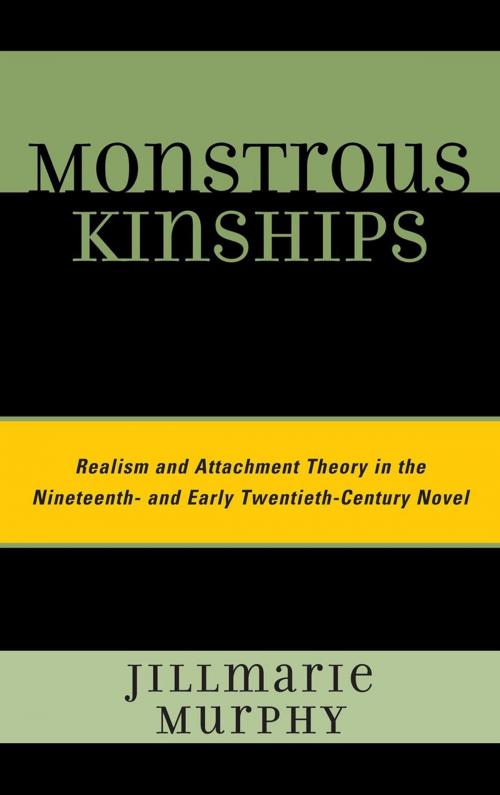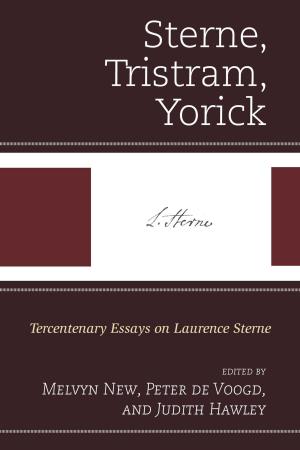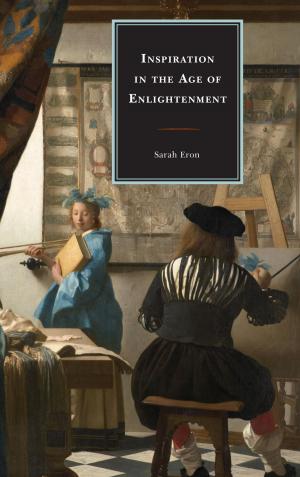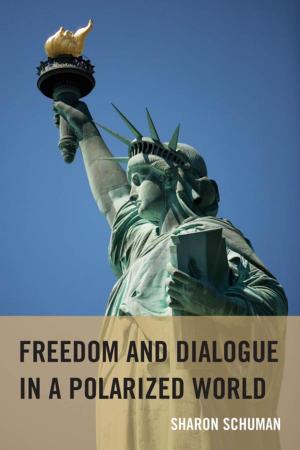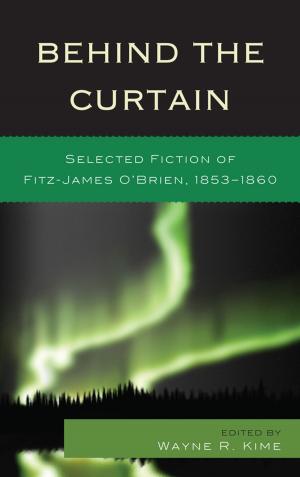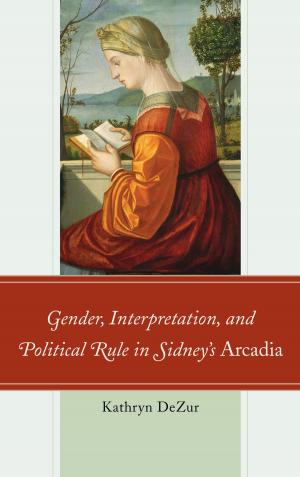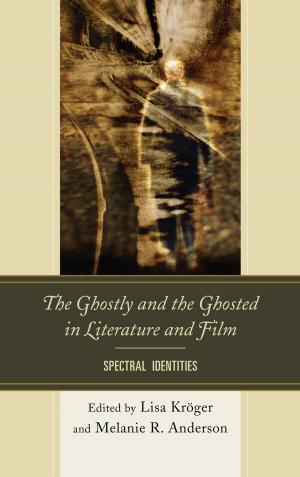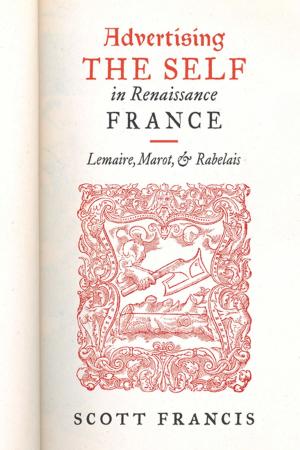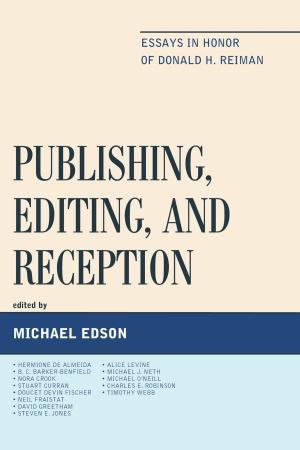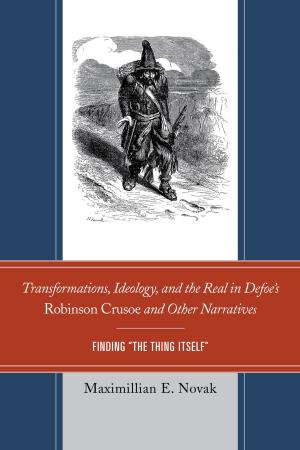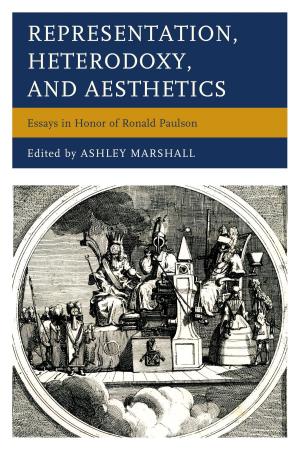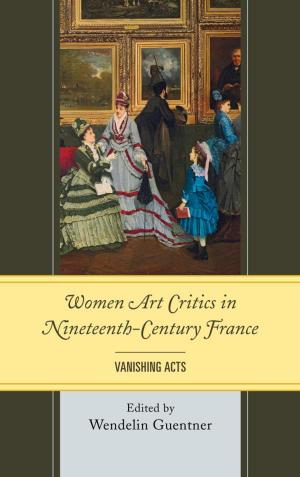Monstrous Kinships
Realism and Attachment Theory in the Nineteenth and Early Twentieth Century Novel
Fiction & Literature, Literary Theory & Criticism, Theory, Books & Reading| Author: | Jillmarie Murphy | ISBN: | 9781611490510 |
| Publisher: | University of Delaware Press | Publication: | September 22, 2011 |
| Imprint: | University of Delaware Press | Language: | English |
| Author: | Jillmarie Murphy |
| ISBN: | 9781611490510 |
| Publisher: | University of Delaware Press |
| Publication: | September 22, 2011 |
| Imprint: | University of Delaware Press |
| Language: | English |
Monstrous Kinships: Realism and Attachment Theory in the Novels of Mary Shelley, Herman Melville, Thomas Hardy, Stephen Crane, Theodore Dreiser, and Vladimir Nabokov investigates the connection between realist fiction of the nineteenth and early twentieth century and the psychoanalytic approach of John Bowlby's Attachment Theory. While traditional Freudian psychology derives from the conventional romanticism of the nineteenth century, Attachment Theory arises from the guiding principles of realism and the veratist's devotion to long-term, direct observation of subject matter. Additionally, because Attachment Theory originated in the field of child psychoanalysis, this book highlights the detrimental effects of parental obsession on the child character in each novel. Chapter 1, a comparison between Mary Shelley's Frankenstein and Herman Melville's Pierre, contextualizes the realistic elements of each novel and, via Attachment Theory, highlights the similarities in each text among child trauma, parental abandonment, obsession, and loss, and the eventual hopelessness of the main characters. These two novels have never been jointly analyzed, yet they include several noteworthy comparative elements, particularly in relation to parental attachment and loss, lack of authorial distance, and several characteristic realist elements that encompass both typically defined Romantic works of fiction. In Chapter 2, Jude the Obscure reflects both conventional realism and Hardy's own place in history as a writer of realist fiction toward the end of the Victorian era. A cogent shift toward realism, Jude treats the catastrophic results of abandonment, industrialism, and poverty for children and adults alike. In Chapter 3, Stephen Crane's Maggie: A Girl of the Streets depicts an American Naturalist text that explores low-life fiction and its concentration on familial violence, sexual taboos, and parental alcoholism, showing that the effects of alcoholism on children in literature demonstrate some of the most destructive aspects of child trauma. Chapter 4 highlights parental religious fanaticism, poverty, and the tragic consequences of both in Theodore Dreiser's An American Tragedy. Although the main character, Clyde Griffiths, struggles against his fate, he is haunted by his ascetic upbringing which leads him to contemplate and set in motion the murder of an innocent young woman. The Epilogue considers Vladimir Nabokov's Lolita, but in keeping with the concept of Attachment Theory, this section highlights the role of Charlotte Haze as the primary offender in Dolores Haze's exploitation. Poised between Modernism and Postmodernism, Lolita serves to reflect the transitional elements of Attachment Theory: the past set against the future, middle age versus youth, and the old world confronting the new. As literary critics and theorists as well as creative writers expand their range of inquiry to include the child as primary subject in various treatments of post-colonial and transnational culture, the subject of Monstrous Kinships is timely and rather ahead of the critical curve.
Monstrous Kinships: Realism and Attachment Theory in the Novels of Mary Shelley, Herman Melville, Thomas Hardy, Stephen Crane, Theodore Dreiser, and Vladimir Nabokov investigates the connection between realist fiction of the nineteenth and early twentieth century and the psychoanalytic approach of John Bowlby's Attachment Theory. While traditional Freudian psychology derives from the conventional romanticism of the nineteenth century, Attachment Theory arises from the guiding principles of realism and the veratist's devotion to long-term, direct observation of subject matter. Additionally, because Attachment Theory originated in the field of child psychoanalysis, this book highlights the detrimental effects of parental obsession on the child character in each novel. Chapter 1, a comparison between Mary Shelley's Frankenstein and Herman Melville's Pierre, contextualizes the realistic elements of each novel and, via Attachment Theory, highlights the similarities in each text among child trauma, parental abandonment, obsession, and loss, and the eventual hopelessness of the main characters. These two novels have never been jointly analyzed, yet they include several noteworthy comparative elements, particularly in relation to parental attachment and loss, lack of authorial distance, and several characteristic realist elements that encompass both typically defined Romantic works of fiction. In Chapter 2, Jude the Obscure reflects both conventional realism and Hardy's own place in history as a writer of realist fiction toward the end of the Victorian era. A cogent shift toward realism, Jude treats the catastrophic results of abandonment, industrialism, and poverty for children and adults alike. In Chapter 3, Stephen Crane's Maggie: A Girl of the Streets depicts an American Naturalist text that explores low-life fiction and its concentration on familial violence, sexual taboos, and parental alcoholism, showing that the effects of alcoholism on children in literature demonstrate some of the most destructive aspects of child trauma. Chapter 4 highlights parental religious fanaticism, poverty, and the tragic consequences of both in Theodore Dreiser's An American Tragedy. Although the main character, Clyde Griffiths, struggles against his fate, he is haunted by his ascetic upbringing which leads him to contemplate and set in motion the murder of an innocent young woman. The Epilogue considers Vladimir Nabokov's Lolita, but in keeping with the concept of Attachment Theory, this section highlights the role of Charlotte Haze as the primary offender in Dolores Haze's exploitation. Poised between Modernism and Postmodernism, Lolita serves to reflect the transitional elements of Attachment Theory: the past set against the future, middle age versus youth, and the old world confronting the new. As literary critics and theorists as well as creative writers expand their range of inquiry to include the child as primary subject in various treatments of post-colonial and transnational culture, the subject of Monstrous Kinships is timely and rather ahead of the critical curve.
